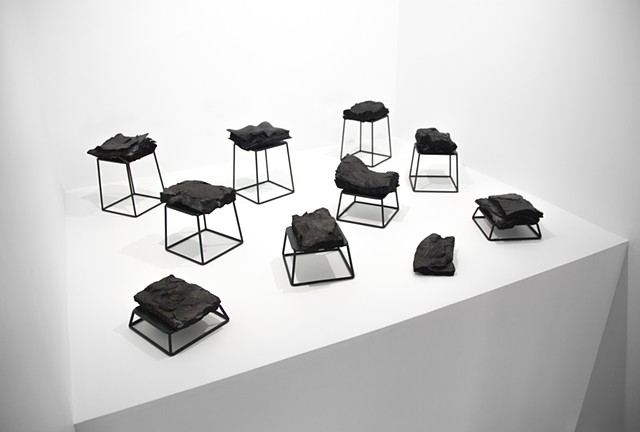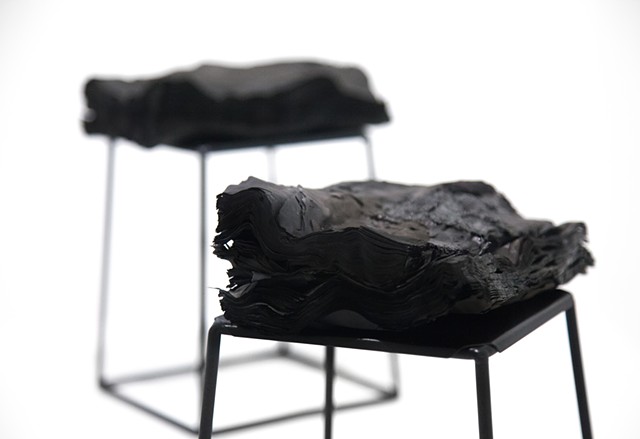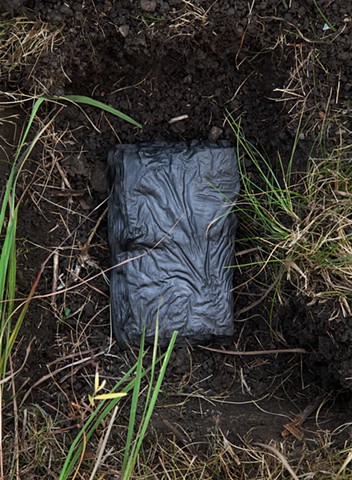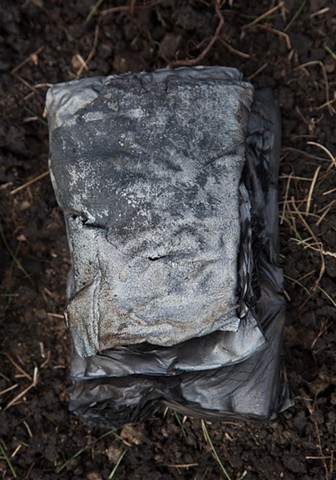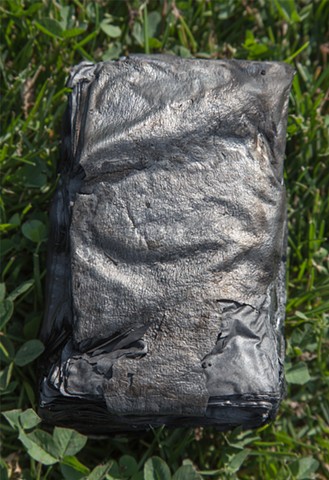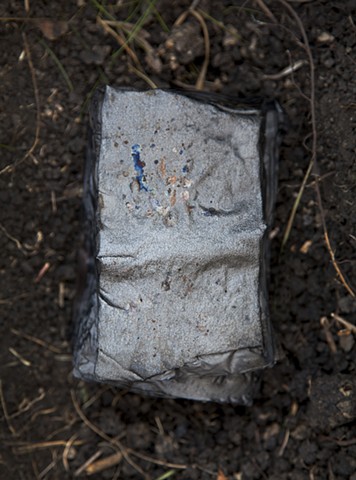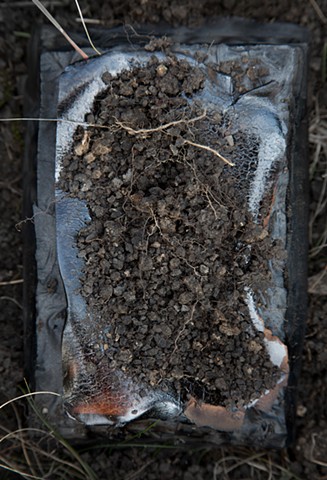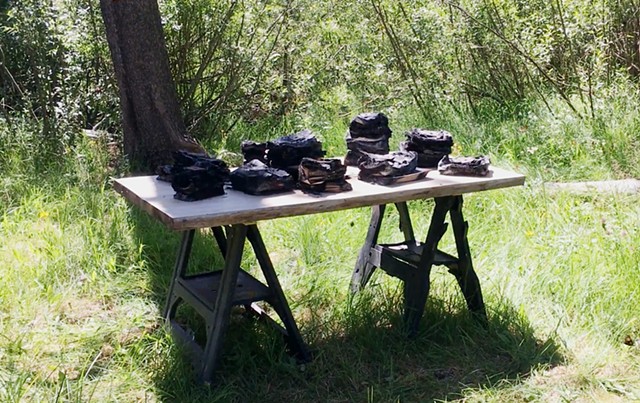Documentation of Underground Library
Our planet's biodiversity, with all the myriad interrelationships and mutualisms that support the web of life, remains largely uncatalogued—and we have so much to learn. Are we going to continue to burn this biological library without ever having read its books?
From Hyperallergic: "Two of the quietest yet most compelling works in Indicators, David Brooks’ Permanent Field Observations (2018) and Jenny Kendler’s Underground Library (2017-18), exercise what agency is available to them in subtle and evocative ways. Elegiac time capsules intended for a deep future that has become estranged from its past, both works provide a keen sense of art’s capacities and limitations as an indicator. Perhaps not coincidentally, in an exhibition whose spacious outdoor grounds permit, even encourage, its artists to work at monumental scale, both artworks are comparatively mouse-like, almost invisible, in size and appearance.
[...]
Kendler’s Underground Library also stages the process of its own decay and disappearance in smart and subtle ways. For the long-term project, the artist alters used or discarded climate change books through biocharring, a process that sequesters carbon from the earth’s atmosphere. As sculptural objects, the charred books — crinkly stacks of warped and blackened paper — provoke dystopian jitters about book burning. Yet those burnt books not reserved for gallery display are buried underground in unspecified sites, where they provide benefits to plants and grasses, such as reducing soil acidity and feeding microbial life. Kendler’s repurposed and mostly invisible library combines aesthetic and conceptual suggestiveness with practical ecological touches."
[...]
Like Ellie Ga’s spookily taciturn gelatin silver print, Remainder (2010), portraying four shovels standing in a grey, horizonless expanse of snow, Kendler’s Underground Library and Brooks’ Field Observations manifest an almost archaeological interest in the objects that humans leave behind. Unlike Ga’s print, however, which depicts traces of the past as encountered during her Arctic expedition, Kendler’s and Brooks’ works compel the viewer to imagine what objects from the present will remain in the future, and in what ghostly forms. Both works are elegies for climate losses and changes to come.
Among the objects human beings produce, artworks seem some of the likeliest to persist, relatively intact, in the future. Unusual amounts of thought and care are put into both their making and their maintenance. As climate indicators, then, artworks offer clues about how our species understands its material legacy in an era when it has become increasingly difficult to imagine the exalted posterity such works were once meant to secure. Through feats of creative remembrance, documentation, and forgetting, the works in Indicators hint at how it feels to bear witness to the dawning awareness of your own decline.

